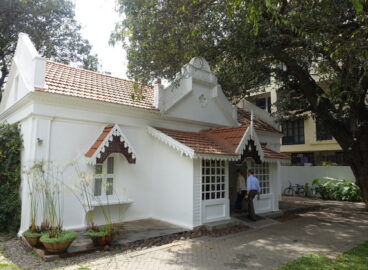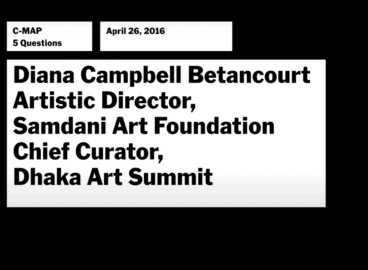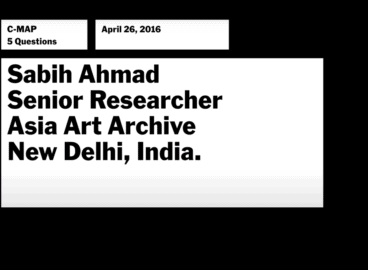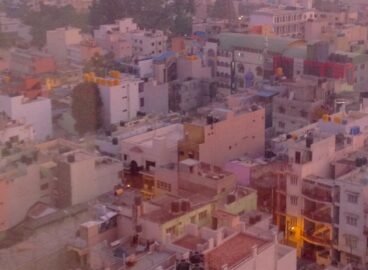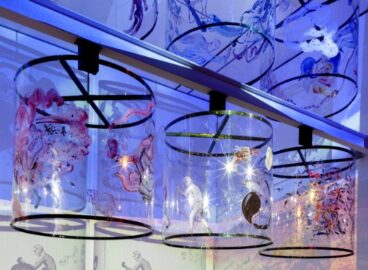C-MAP on the Subcontinent: New Delhi, Goa, Bangalore & Dhaka
In late January 2016, a team of seven from The Museum of Modern Art’s C-MAP Asia Group traveled to India and Bangladesh. The itinerary began in New Delhi, where the India Art Fair was underway, continuing on to Goa and Bangalore (with side-trips to Baroda and Bombay by individual group members), and concluding in Dhaka…
